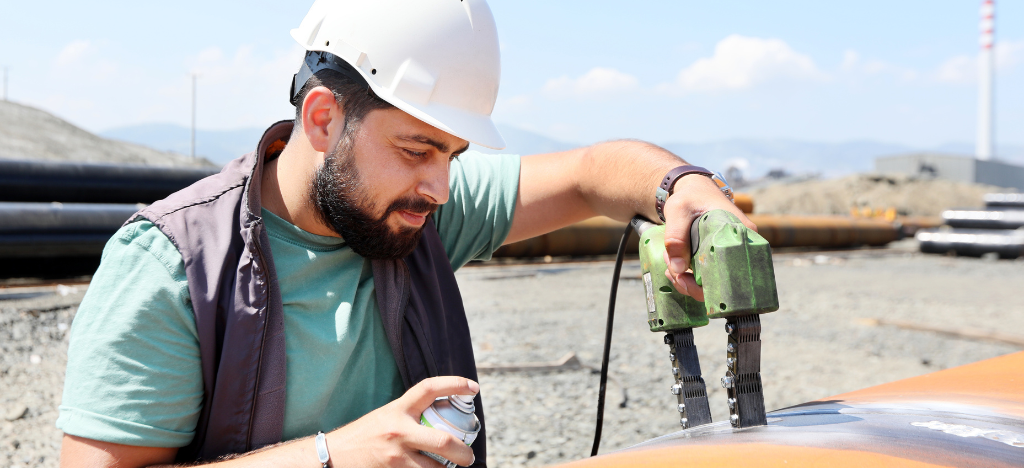Quick Tips on Heavy Equipment Inspection
Heavy equipment is the backbone of numerous industries, powering everything from construction and mining to agriculture and logistics. Ensuring the safety and efficiency of these machines is paramount. One way to achieve this is through regular, meticulous inspections. In this blog post, we’ll provide you with quick tips on how to conduct effective heavy equipment inspections, with external links to further resources for in-depth guidance.
Establish a Routine Inspection Schedule
Consistency is the cornerstone of successful heavy equipment inspections. Create a routine schedule that outlines when and how inspections should occur. For comprehensive information on inspection intervals, the Occupational Safety and Health Administration (OSHA) offers valuable guidelines.
Use a Comprehensive Checklist
Developing a thorough checklist ensures that no critical component of your heavy equipment is overlooked. This checklist should cover items like the engine, hydraulics, electrical systems, brakes, tires, and safety features.
Inspect the Exterior First
Start your inspection with a visual examination of the equipment’s exterior. Search for visible signs of damage or wear, such as dents, rust, or loose bolts. Ensure that all safety features, including lights, reflectors, and mirrors, are in good working order. If you need guidance on conducting visual inspection.
Check Fluid Levels and Quality
Proper fluid levels and quality are vital for the health of your equipment. Ensure that all fluid levels fall within recommended ranges and assess the quality of the fluids to prevent contamination.
Inspect Tires and Tracks
Tires or tracks are essential to the safe and efficient operation of heavy equipment. Inspect them for punctures, tears, or excessive wear.
Test All Safety Features
Safety features are designed to protect operators and workers. Ensure that seatbelts, backup alarms, and emergency stop buttons are fully operational.
Examine the Engine Compartment
Engine maintenance is crucial to equipment longevity. Examine the engine compartment for leaks, loose connections, and signs of overheating.
Assess the Hydraulic System
Hydraulic systems are critical in heavy equipment. Check for hydraulic fluid leaks, damaged hoses, and ensure all hydraulic functions work correctly.
Verify the Electrical System
A fully operational electrical system is essential for heavy equipment. Inspect wiring, batteries, and electrical components.
Test the Brakes and Steering
Properly functioning brakes and steering are crucial for safety. Ensure that brakes are functional, and there is no excessive wear on the brake pads or linings.
Document Your Inspections
Documenting your inspections is essential for tracking equipment history and informing future inspections and maintenance and you can do that in the most advance way by using beXel inspection software which will allow you to manage all the reports and documents in a digital cloud smart platform with many good features such as QR code validation , Job order management and white sticker activates .
Involve Trained Personnel
Trained personnel can be invaluable during inspections. If you’re looking to enhance your team’s skills or need guidance on training, the Association of Equipment Management Professionals (AEMP) offers professional development resources.
Conclusion
In conclusion, effective heavy equipment inspections are vital for equipment maintenance and safety. These quick tips, along with external resources, can help ensure that your heavy equipment remains in top condition. Prioritizing safety and maintenance through inspections is a responsible approach to managing heavy equipment, reducing the risk of accidents and costly downtime, and enhancing the longevity of your valuable machinery.



